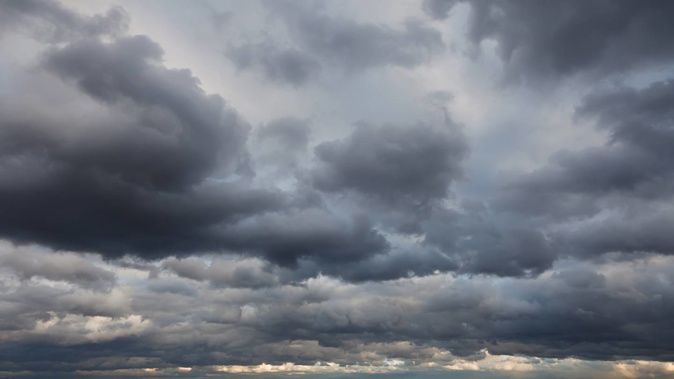
Temperatures in the region dipped overnight to below average levels for this time of year.
Rotorua recorded a low of 6C, Taupō 5.5C, National Park 4.6C and Whakatāne 8.4C, MetService said.
Tauranga recorded 12.3C.
MetService meteorologist Ngaire Wotherspoon said the region could expect another cool night tonight with overnight lows between 6C and 10C, which were about 4C below average for this time of year.
“It’s been pretty chilly everywhere this morning with a few mountainous places in the South Island dipping down below freezing,” Wotherspoon said.
“In the wake of the front that swept across the country on Monday and the cold, showery west-to-southwesterly flow that followed, there’s a lot of cold air around.
“A ridge of high pressure moved in overnight, resulting in winds easing and cloud clearing and letting temperatures drop further.”
Despite the cold snap, Wotherspoon said temperatures were slowly rising back to their early March averages.
“The next couple of days are looking largely fine for your region, just a period of cloud around midday tomorrow in the west and again in the evening as westerly winds develop.”
It would be smooth sailing through Friday and the weekend as well, with light winds and morning and evening areas of cloud.
“There are a few showers possible about the eastern ranges on Friday and Saturday afternoon.”
Wotherspoon said webcams on Mount Ruapehu showed “a good few centimetres of snow on both Tūroa and Whakapapa”.
“Watching the “Giant Cafe” webcam on the Tūroa page, it looks like there was a fair amount of snow there yesterday morning already, but it filled in more overnight,” she said.
Coming ‘La Nina-like’ pulse could prove big rainmaker for NZ next week
Forecasters say a “La Nina-like” pulse of subtropical moisture in the Pacific could bring a big dose of rain to for New Zealand next week.
Early modelling pointed to the potential for a subtropical low above New Zealand, to the east of Australia, early next week - around the time a globe-circling pulse of rain and thunderstorms was due to roll through the region.
Whether the system translated into stormy weather here depended on how well a ridge of high pressure forecast to move in this week held against it, Wotherspoon said.
“It’s definitely something to keep an eye on, but it’s very hard to say anything at this stage about how it will play out,” she said.
“If it does get over the country, then it could be a potential rainmaker for the North Island. We’ll see some warmer temperatures, an uptick in thunderstorm activity, that sort of thing.”
There were also heightened odds for a tropical cyclone to form in the west Pacific around the middle of the month, Niwa meteorologist Ben Noll said.
“You could probably peg that [probability] at 50 per cent, give or take, at this point - but as for any impacts of it to New Zealand, the odds on that are obviously significantly lower.”
The 2023-24 season has so far brought just one cyclone system that’s affected New Zealand: Lola, which formed last October ahead of the November-to-April season’s traditional start.
Noll said the potential low coincided with what’s called the Madden Julian Oscillation (MJO) passing through the west Pacific and bringing more active weather.
While this happened every one to two months, next week’s event could bring a major departure from the conditions New Zealand has been experiencing under a now-fading El Nino climate pattern.
“This is going to be a La Nina-like pulse of climate variability that goes against the grain of the pre-existing El Nino,” Noll he said.
“That’s interesting, because it will generate weather in the wider region not typically associated with El Nino - and it may very well be the first domino to fall, in relation to of an oceanic trend back toward La Nina,” he said.
“In any case, it’s going to generate an easterly wind-burst event in the equatorial Pacific that will move us out of El Nino.”
New Zealand has spent most of this decade in a La Nina state, with three back-to-back years locked in the pattern, culminating in the North Island’s extreme summer of 2022-23.
-Additional reporting by Jamie Morton
Take your Radio, Podcasts and Music with you









